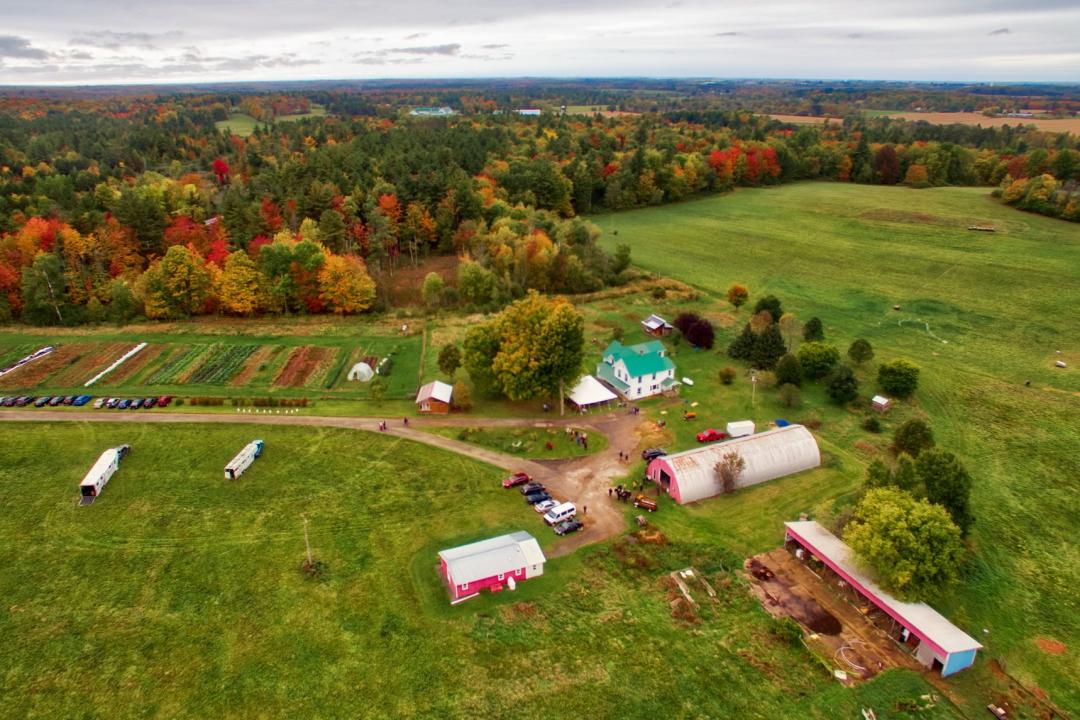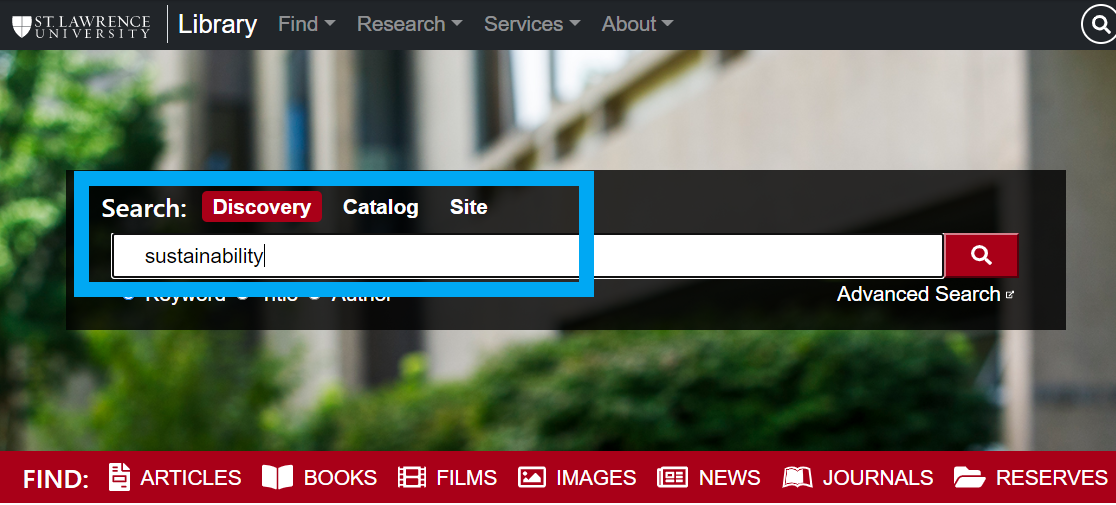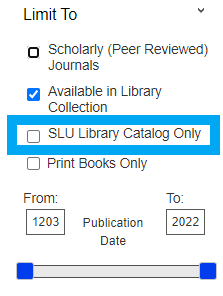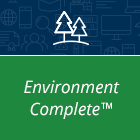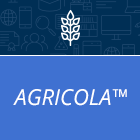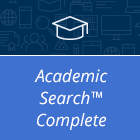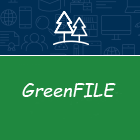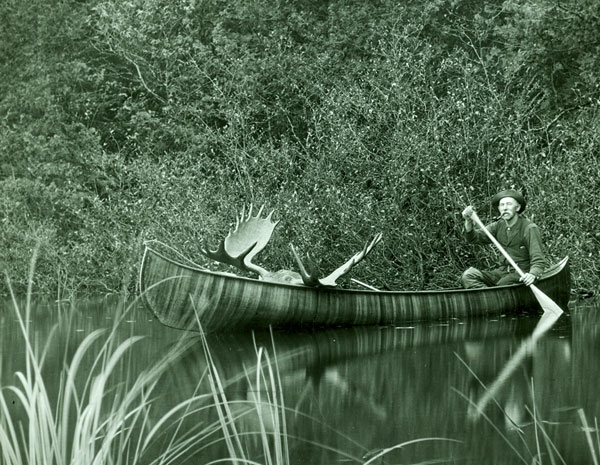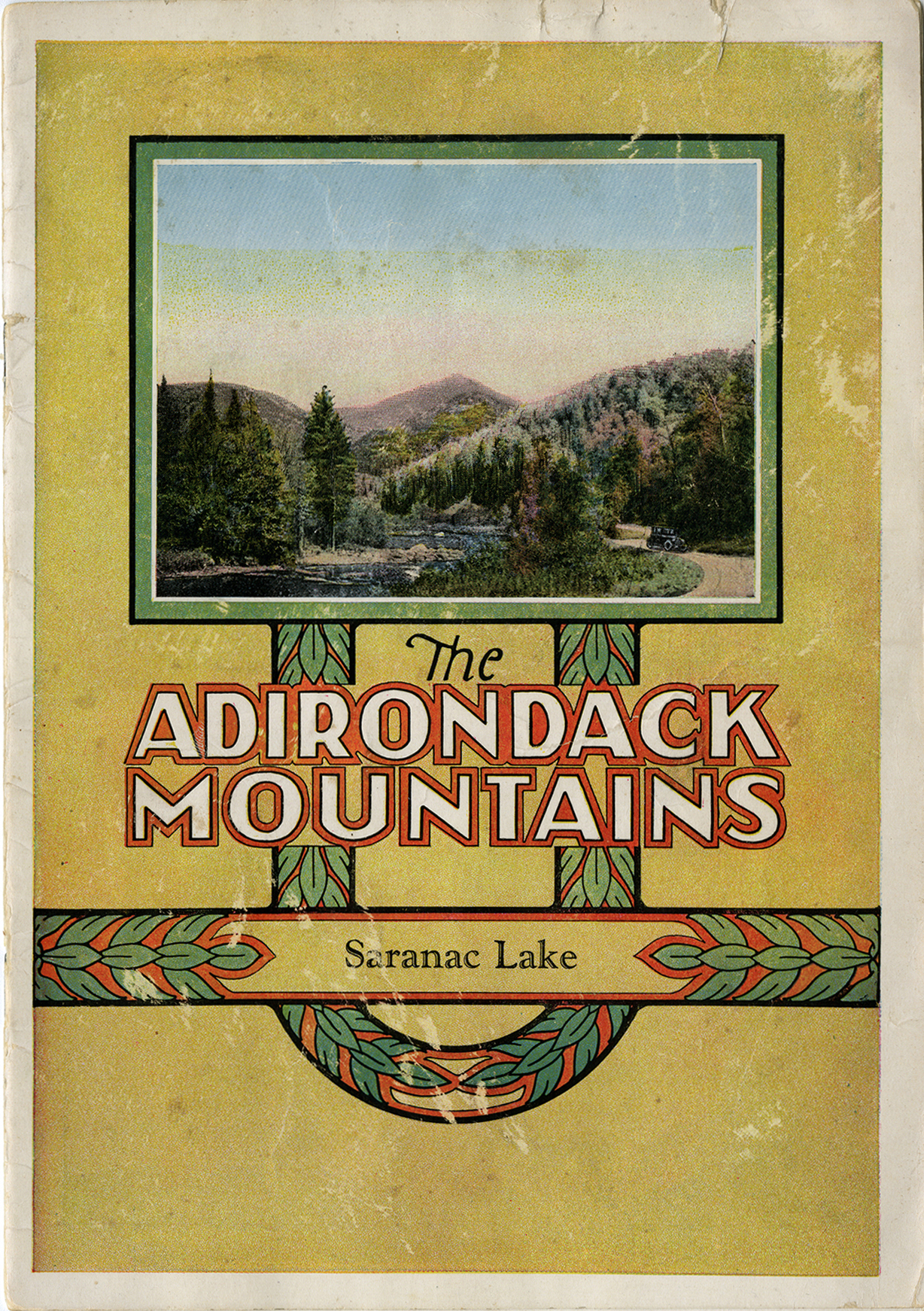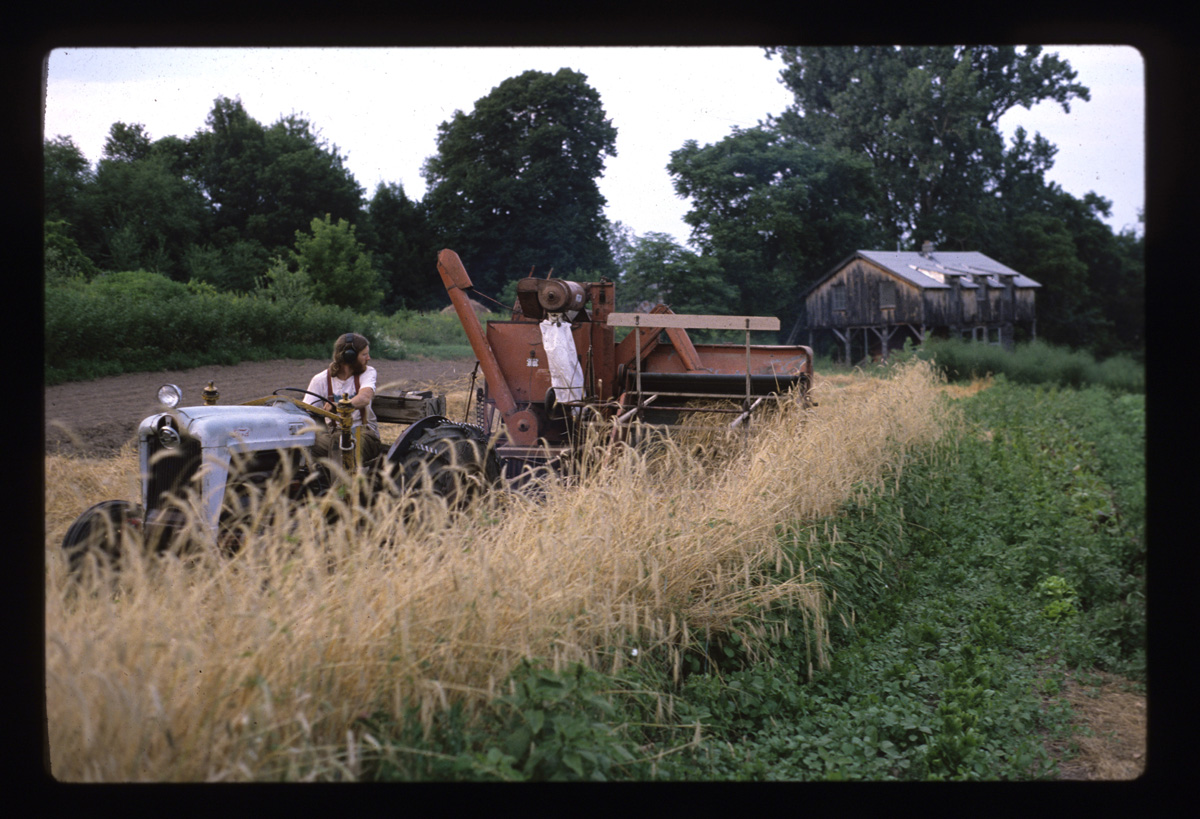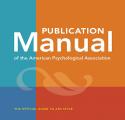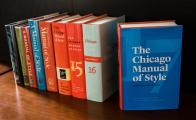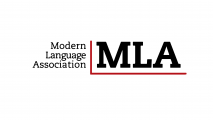Finding Books - Discovery Search
2. On the screen showing the results of your search, click the box next to "SLU Library Catalog Only" to narrow the list to books. Note that the list will include physical as well as e-books. If you'd like to further narrow the list down to physical books, click the box for "Print Books Only." You may also narrow the list to only e-books by scrolling down to "Limit by Source Type"
Finding Books - Catalog Search
1. Another method you can use to search for books is to use the Catalog tab on the library homepage. Using this method allows the user to search by title, author, subject, keyword or call number. Results will include both physical and e-books.
TIP! If you already know the title of the book you're looking for, use this method.
Databases
Databases are a great place to look for multiple types of sources (journal articles, primary and secondary sources, book chapters, etc.) when you know your topic and have a set of keywords. Once you start searching, you may refine or broaden your topic based on what you find (or don't find!)
The following are some specific databases you might want to search that cover environmental topics. However, you may want to use the Discovery search mentioned above (See Finding Books - Discovery Search) to do a search of everything the library has available. The Discovery search will include ALL of the following databases as well as books, films, special collections items, etc. in the SLU Library collection.
Contains information on ecosystem ecology, agriculture, and related fields. Environment Complete contains more than 2.5 million records from more than 2,350 domestic and international titles dating back to 1888 (including over 1,350 active core titles). The database contains full text for more than 930 journals, including many of the most used journals in the discipline, such as Environment (back to 1975), Ecologist, Conservation Biology, etc.
Coverage: 1945 - present
Covers the world's agricultural literature, including plant and animal sciences, forestry, soil and water resources, and earth and environmental sciences. Records describe journal articles, book chapters, books, series, microforms, audiovisuals, maps, and other types of material.
Coverage: 1970 - present
A multi-disciplinary full text database that includes peer-reviewed academic journals as well as general magazines and news sources. The database contains full text for more than 8,750 journals including more than 7,800 peer-reviewed titles.
Covers a variety of disciplines such as agriculture, education, law, health and technology. Topics covered include global climate change, green building, pollution, sustainable agriculture, renewable energy, recycling, and more.
Secondary Sources
Secondary sources are helpful when you're not sure what topic you are interested in learning more about. You can browse some of these titles to find inspiration. But they can also be helpful when you are just starting to learn about a new topic. Secondary sources are often much more readable and cover a topic more broadly than primary research articles which can be very specific and use technical language. (Note, there are many secondary sources indexed in the databases as well.)
-
Credo Environmental E-Reference - This is a great reference resource. It has high level coverage of topics like sustainability and urban planning.
-
Natural History - This periodical has a sections on climate change, the environment, society and culture among others which may be helpful. This is considered a secondary source.
-
Science Magazine - This magazine publishes BOTH primary and secondary sources so be aware of what kind of article you find. It is searchable by article type and clearly indicates the type on each record.
-
New Scientist - Another secondary source on a variety of topics. It is searchable.
- Sustainability - open access journal - An international, cross-disciplinary, scholarly, peer-reviewed and open access journal of environmental, cultural, economic, and social sustainability of human beings. Sustainability provides an advanced forum for studies related to sustainability and sustainable development, and is published semi-monthly online by MDPI.
-
Environmental News Network - Online environmental news source offering global perspective to promote thought, discussion and awareness.
-
Grist - Offers reporting, interviews, opinion pieces, daily news, book reviews, food and agricultural coverage, and green advice. Its stated mission is "to inform, entertain, provoke, and encourage its readers to think creatively about environmental problems and solutions."
-
Planet Ark - An Australian not-for-profit organisation with a vision of a world where people live harmoniously with nature. Established in 1992, we are one of Australia’s leading environmental behaviour change organisations with a focus on working collaboratively and positively.
Evaluating Resources
The CRAAP Test
The CRAAP Test
You can use the CRAAP Test to evaluate non-library sources (such as websites) and determine whether or not they are reliable and acceptable sources to cite for your project.
The CRAAP Test
When you search for information, you're going to find lots of it . . . but is it good information? You will have to determine that for yourself, and the CRAAP Test can help. The CRAAP Test is a list of questions to help you evaluate the information you find. Different criteria will be more or less important depending on your situation or need.
Currency: The timeliness of the information.
- When was the information published or posted?
- Has the information been revised or updated?
- Does your topic require current information, or will older sources work as well?
- Are the links functional? (for web sources)
Relevance: The importance of the information for your needs.
- Does the information relate to your topic or answer your question?
- Who is the intended audience?
- Is the information at an appropriate level (i.e. not too elementary or advanced for your needs)?
- Have you looked at a variety of sources before determining this is one you will use?
- Would you be comfortable citing this source in your research paper?
Authority: The source of the information.
- Who is the author/publisher/source/sponsor?
- What are the author's credentials or organizational affiliations?
- Is the author qualified to write on the topic?
- Is there contact information, such as a publisher or email address?
- Does the URL reveal anything about the author or source? (.com .edu .gov .org .net)
Accuracy: The reliability, truthfulness and correctness of the content.
- Where does the information come from?
- Is the information supported by evidence?
- Has the information been reviewed or refereed?
- Can you verify any of the information in another source or from personal knowledge?
- Does the language or tone seem unbiased and free of emotion?
- Are there spelling, grammar or typographical errors?
Purpose: The reason the information exists.
- What is the purpose of the information? Is it to inform, teach, sell, entertain or persuade?
- Do the authors/sponsors make their intentions or purpose clear?
- Is the information fact, opinion or propaganda?
- Does the point of view appear objective and impartial?
- Are there political, ideological, cultural, religious, institutional or personal biases?
Adapted from http://www.csuchico.edu/lins/handouts/eval_websites.pdf accessed October 24, 2017.
Lateral Reading
Lateral Reading
Lateral reading is a relatively new concept and is a great way to evaluate digital sources. This technique is very different from the CRAAP test which employs vertical reading. Lateral reading essentially involves 3 questions one can ask about a resource that is providing information:
- Who's behind the information?
- What's the evidence?
- What do other sources say?
To answer these questions, lateral reading involves opening new tabs in your browser in a addition to the source you are evaluating. In these new tabs and using your internet browser, you can search for clues about who has provided the information you're evaluating (google a name), search for factual information (i.e. is bigfoot real) and find out what other sources say about the one you're looking at. This may feel time consuming at first but over time, you'll become more familiar with sources you trust.
Here's a link to a video about lateral reading which is part of a very helpful (and entertaining!) series on evaluating information you find on the web:
Check Yourself with Lateral Reading: Crash Course Navigating Digital Information #3
Scholarly vs. Popular Sources
Scholarly vs. Popular Sources
The table below shows which characteristics are more commonly associated with scholarly or popular sources. Both scholarly and popular sources can be appropriate for your research purposes, depending on your research question, but research assignments will often require you to consult primarily with scholarly materials.
https://guides.lib.berkeley.edu/evaluating-resources
Primary vs. Secondary Sources
Primary vs. Secondary Sources
Your professors may require you to use different types of sources for your projects. How can you identify these? Basically, this distinction illustrates the degree to which the author of a piece is removed from the actual event being described, informing the reader as to whether the author is reporting impressions first hand (or is first to record these immediately following an event), or conveying the experiences and opinions of others—that is, second hand.
Primary Sources
A primary source provides direct or firsthand evidence about an event, object, person, or work of art. Primary sources include historical and legal documents, eyewitness accounts, results of experiments or scientific research, statistical data, pieces of creative writing, audio and video recordings, speeches, and art objects. Interviews, surveys, fieldwork, and Internet communications via email, blogs, listservs, and newsgroups may also be considered primary sources.
Secondary Sources
Secondary sources describe, discuss, interpret, comment upon, analyze, evaluate, summarize, and process primary sources. Secondary sources are not evidence, but rather commentary on and discussion of evidence. These materials can be articles in newspapers or popular magazines, book or movie reviews, or articles found in scholarly journals that discuss or evaluate someone else's original research.
When evaluating primary or secondary sources, the following questions might be asked to help ascertain the nature and value of material being considered:
- How does the author know these details (names, dates, times)? Was the author present at the event or soon on the scene?
- Where does this information come from—personal experience, eyewitness accounts, or reports written by others?
- Are the author's conclusions based on a single piece of evidence, or have many sources been taken into account (e.g., diary entries, along with third-party eyewitness accounts, impressions of contemporaries, newspaper accounts)?
Tertiary Sources
Tertiary sources consist of information which is a distillation and collection of primary and secondary sources. Tertiary sources can be encyclopedias, dictionaries, textbooks, websites, guidebooks, chronologies, manuals, bibliographies, interviews, etc. (Keep in mind that some of these may also be considered primary or secondary sources depending on the context.)
Ultimately, all source materials of whatever type must be assessed critically and even the most scrupulous and thorough work is viewed through the eyes of the writer/interpreter. This must be taken into account when one is attempting to arrive at the 'truth' of an event.
Please note that a book is simply a format. You can find both primary, secondary and tertiary sources published in book form.
Local Resources
The Adirondack Collection consists of ephemera, promotional literature, maps, magazines, commercial photo albums, picture books, Seneca Ray Stoddard photographs, and 2 groups of unidentified photographs. Also included are the records of Citizens to Save the Adirondack Park, from 1975-1982.
The ADK Park Collection: The Adirondack Park Agency was created July 1, 1971 by executive law article twenty-seven program bill #102. The purpose of the APA was to insure conservation, protection, preservation, development and use of the scenic, historic, ecological and natural resources of the Adirondack Park. Collection consists of the papers of George Davis who served as Wildlife Ecologist for the Temporary Study Commission on the future of the Adirondacks. Mr. Davis' papers are concerned with the Commission and the numerous studies and background information gathered in reaching the conclusion to establish the Adirondack Park Agency. The second series includes several scrapbooks of clippings on the Adirondack region, the APA, the proposed Horizon Development one planned for the Town of Colton, and New York State and St. Lawrence County clippings. Most material in the scrapbooks are from 1970-1973.
This collection contains records and papers pertaining to Birdsfoot Farm. Box 1 contains a brief history of the beginnings of Birdsfoot from 1972-1975. Within the collection are meeting minutes, financial records, and land trust agreements (1988-2007) pertaining to the Birdsfoot community. While Birdsfoot was founded in 1972, this collection mostly documents the activities from 1987 through 2007. The disposition of records for the period 1972-1986 is currently unknown. Selected materials from the this collection are part of the Back to the Land Research Collection.
RefWorks and Citation Style Guides
RefWorks is a tool you can use to store and organize citation information, format bibliographies in many different citation styles, and share citations with group members or instructors. RefWorks also provides a tool called Write-N-Cite which can be used with MS Word or Google Docs to integrate footnotes and automatically generate bibliographies in your papers.
